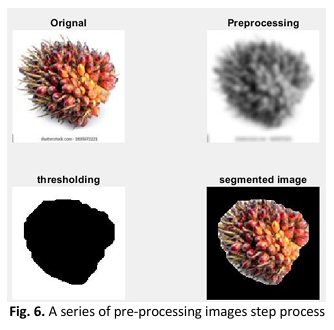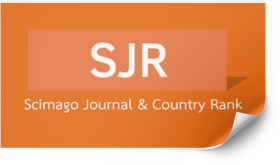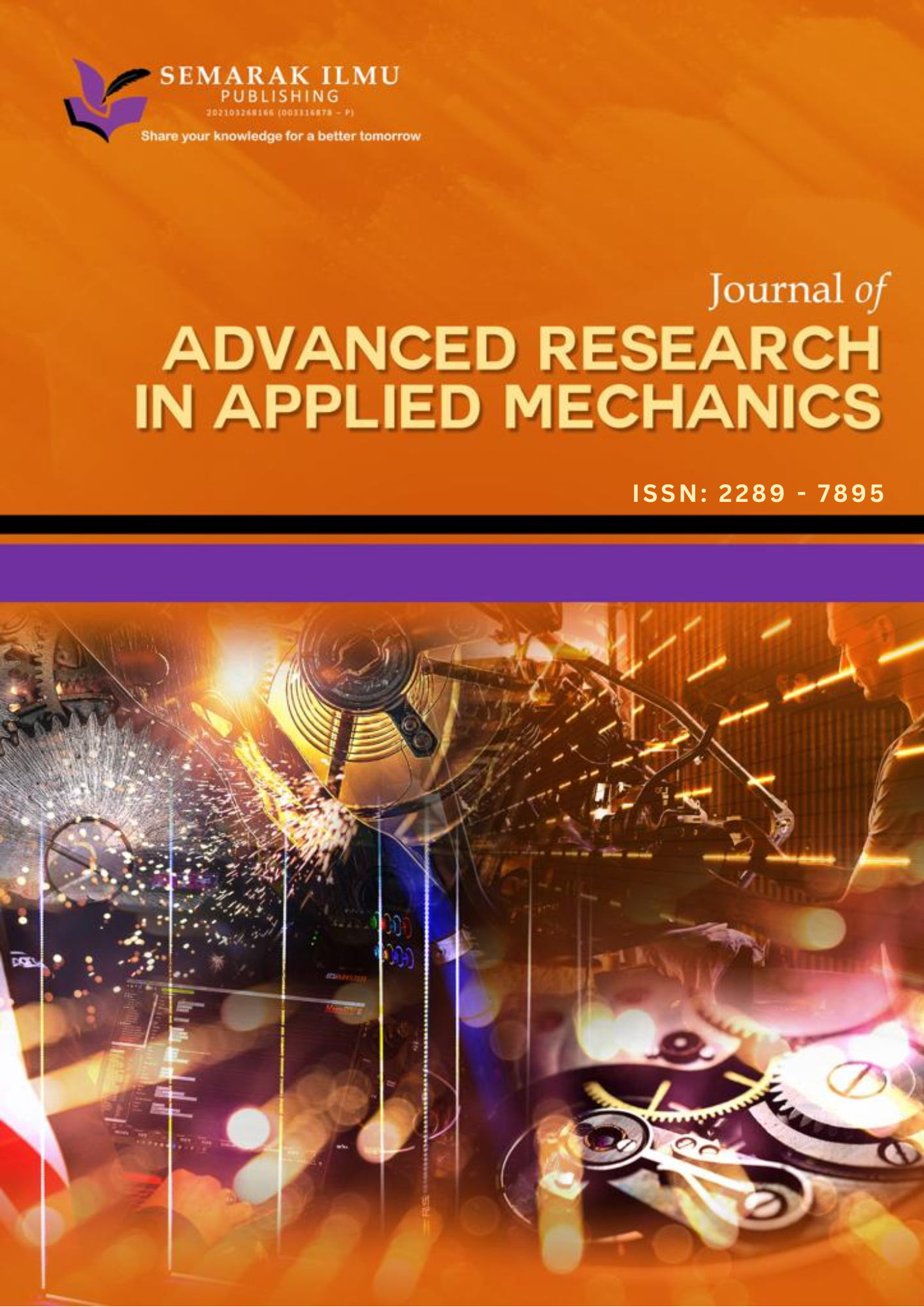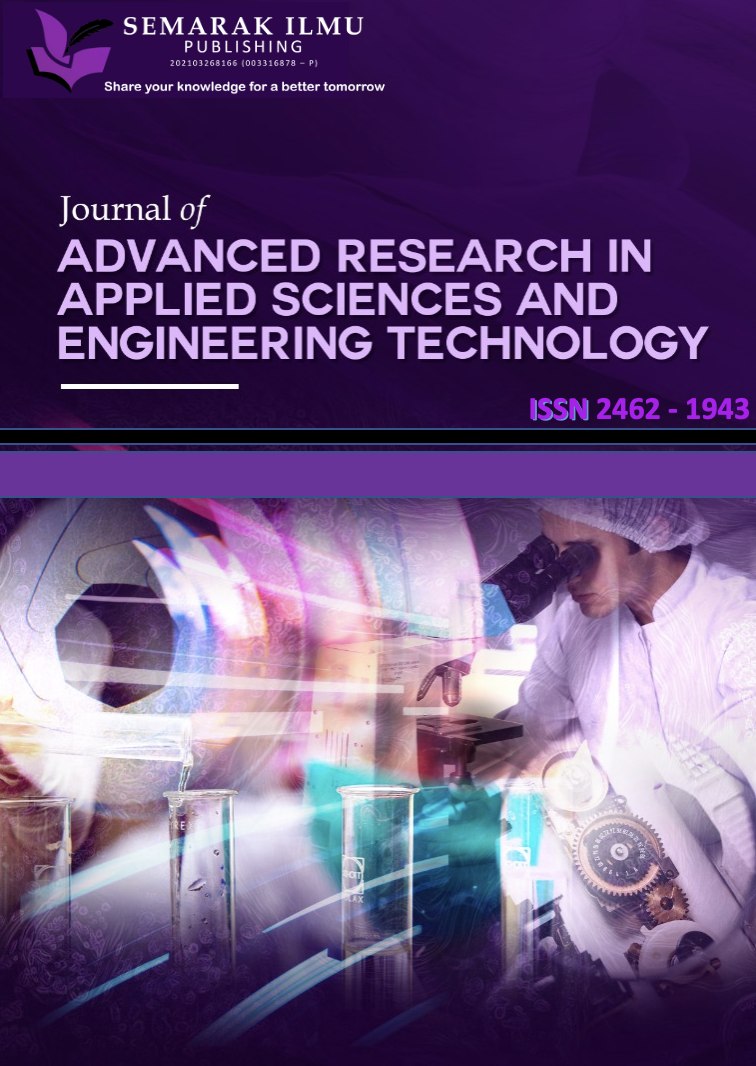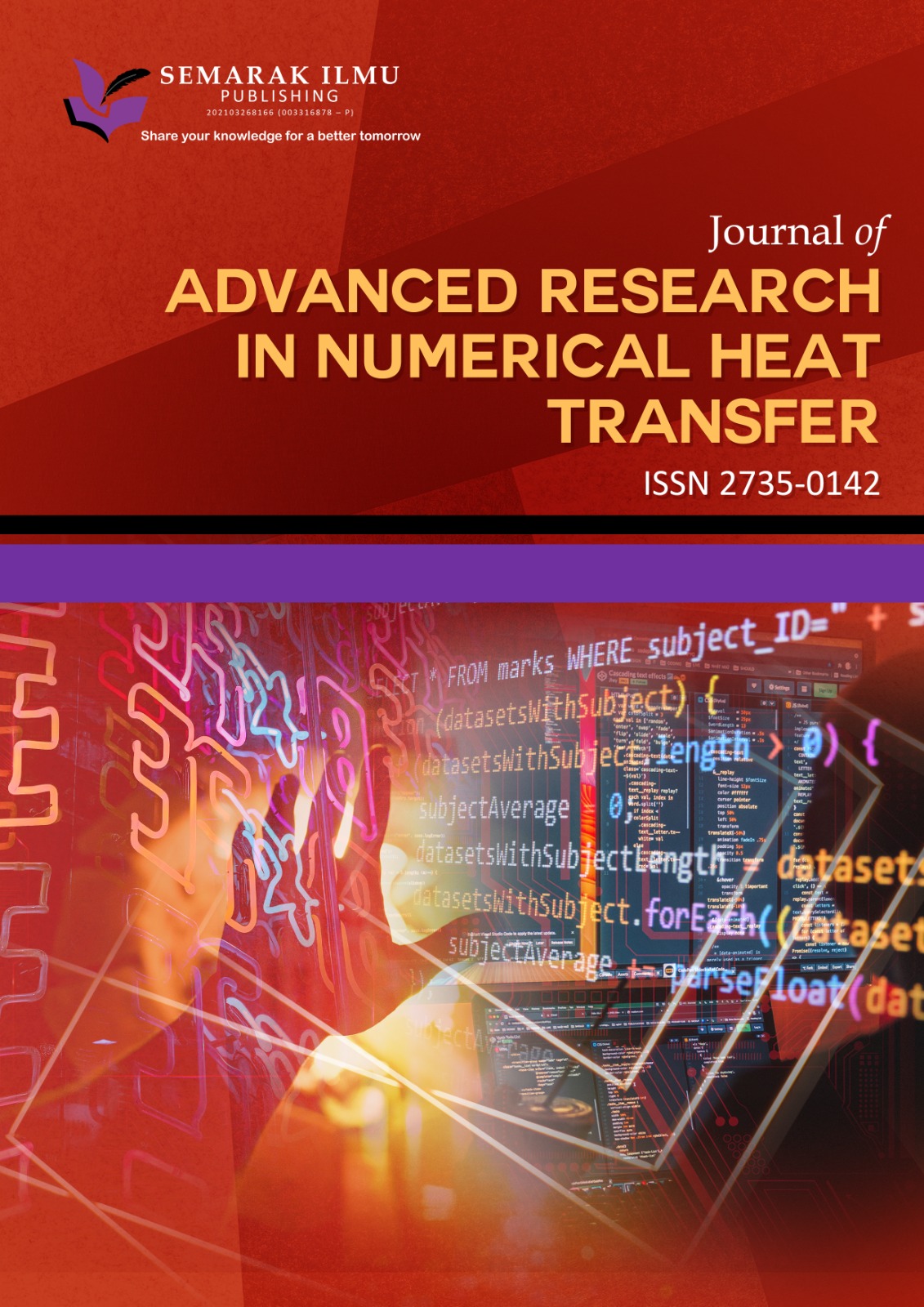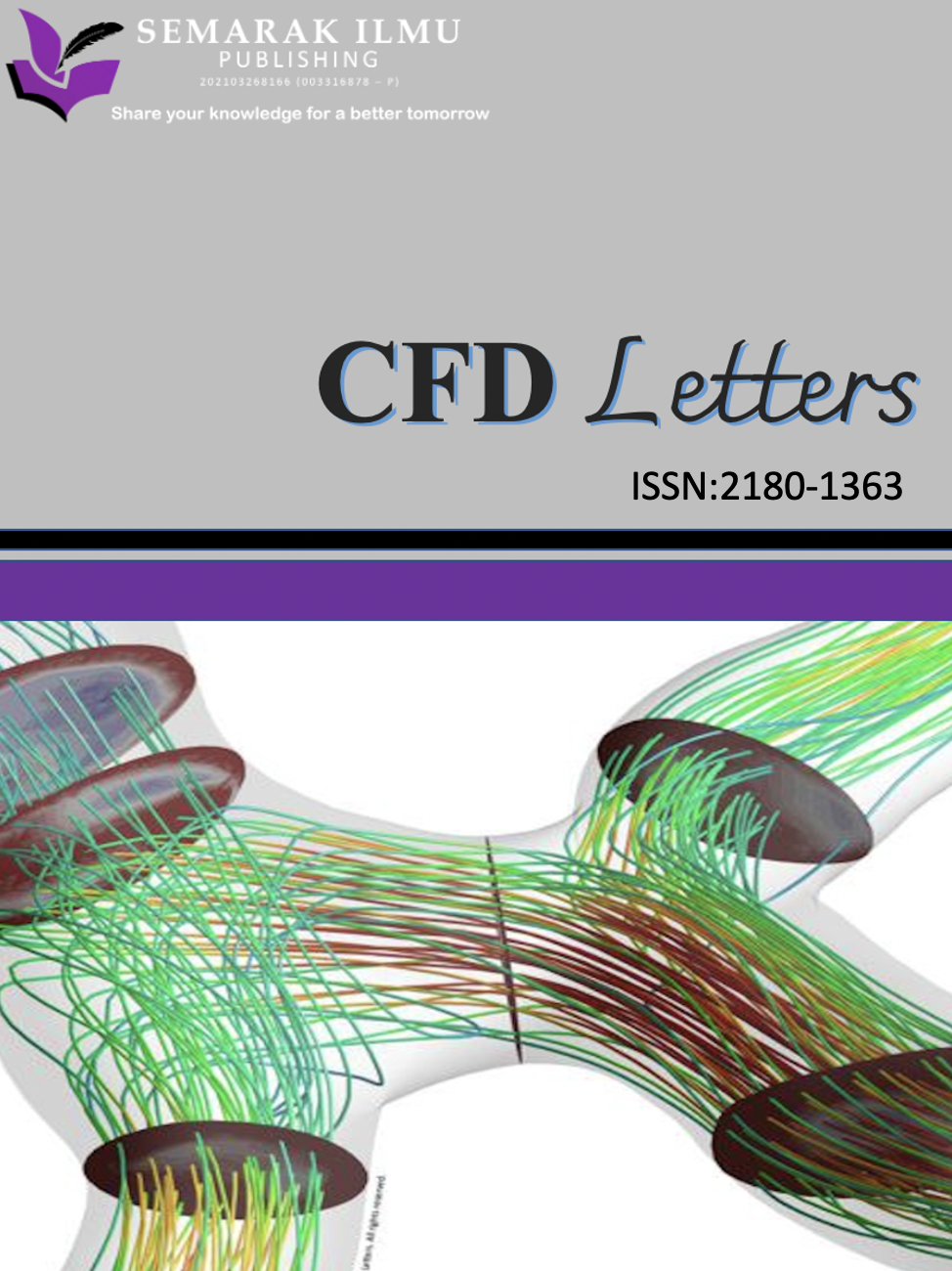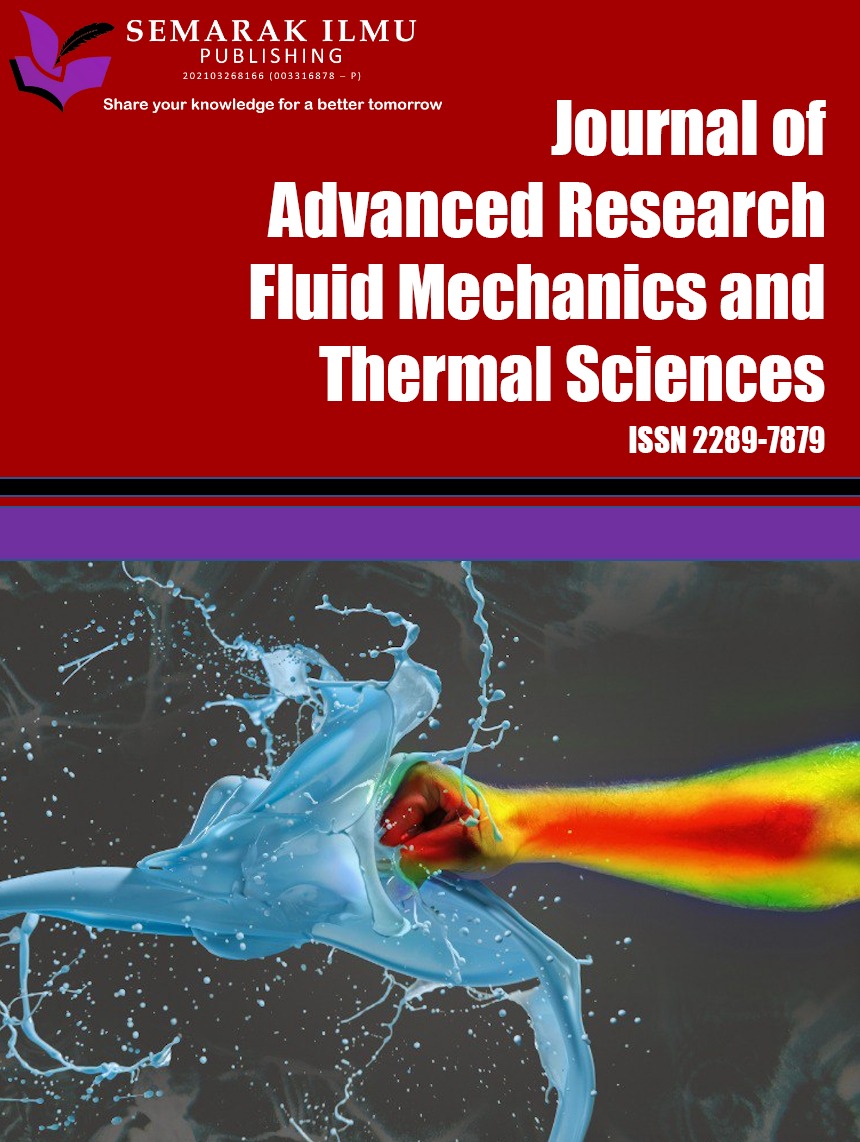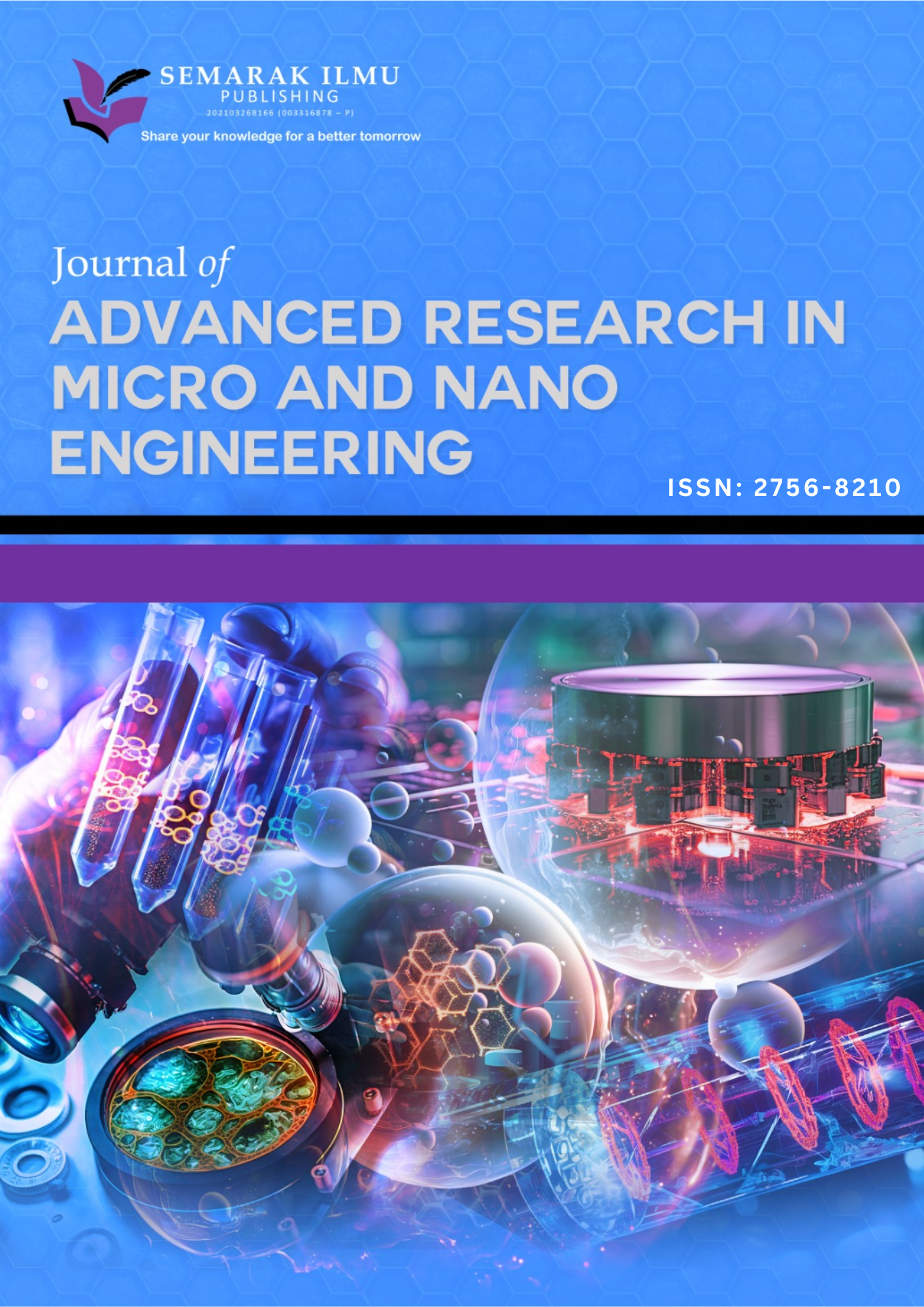Optimization of Artificial Neural Networks using Genetic Algorithm for Palm Fruit Ripeness Classification
DOI:
https://doi.org/10.37934/ard.127.1.6783Keywords:
Oil palm fruit, artificial neural network, Levenberg-Marquardt backpropagation algorithm, Genetic algorithm, Image ProcessingAbstract
The cultivation of oil palm has become a major contributor to vegetable oil production, playing a crucial role in meeting the global demand for food in the agricultural industry. The efficiency of palm oil extraction heavily relies on accurate fruit ripeness classification, which is traditionally performed manually. Accurate assessments of oil palm fruit maturity levels before processing are crucial for Malaysian producers and exporters. This report outlines a machine-learning approach for sorting palm fruit by utilizing an artificial neural network (ANN) and optimizing its performance via a genetic algorithm (GA). The research specifies input features such as colour, size, texture and output classes that include the phases of unripe, ripe and overripe palm fruits. The Palm Fruit Database was built by acquiring images of palm fruits through the on-site collection and an e-database called ROBOFLOW and then defining their maturity characteristics through image processing techniques. Using MATLAB software, this study applied three different ANN training methods: the Levenberg-Marquardt backpropagation algorithm, the Bayesian regularization backpropagation algorithm and the scaled conjugate gradient backpropagation algorithm, resulting in accuracy scores of 74.96, 86.19 and 74.97% respectively. The Bayesian regulation has the best performance. The initial accuracy of the ANN test was 77%, but after applying GA optimization, the accuracy improved to 87%, a 10% increase. The proposed approach offers a practical solution for improving the efficiency and accuracy of palm fruit classification in the palm oil industry, ultimately leading to better quality control and increased productivity.
Downloads
